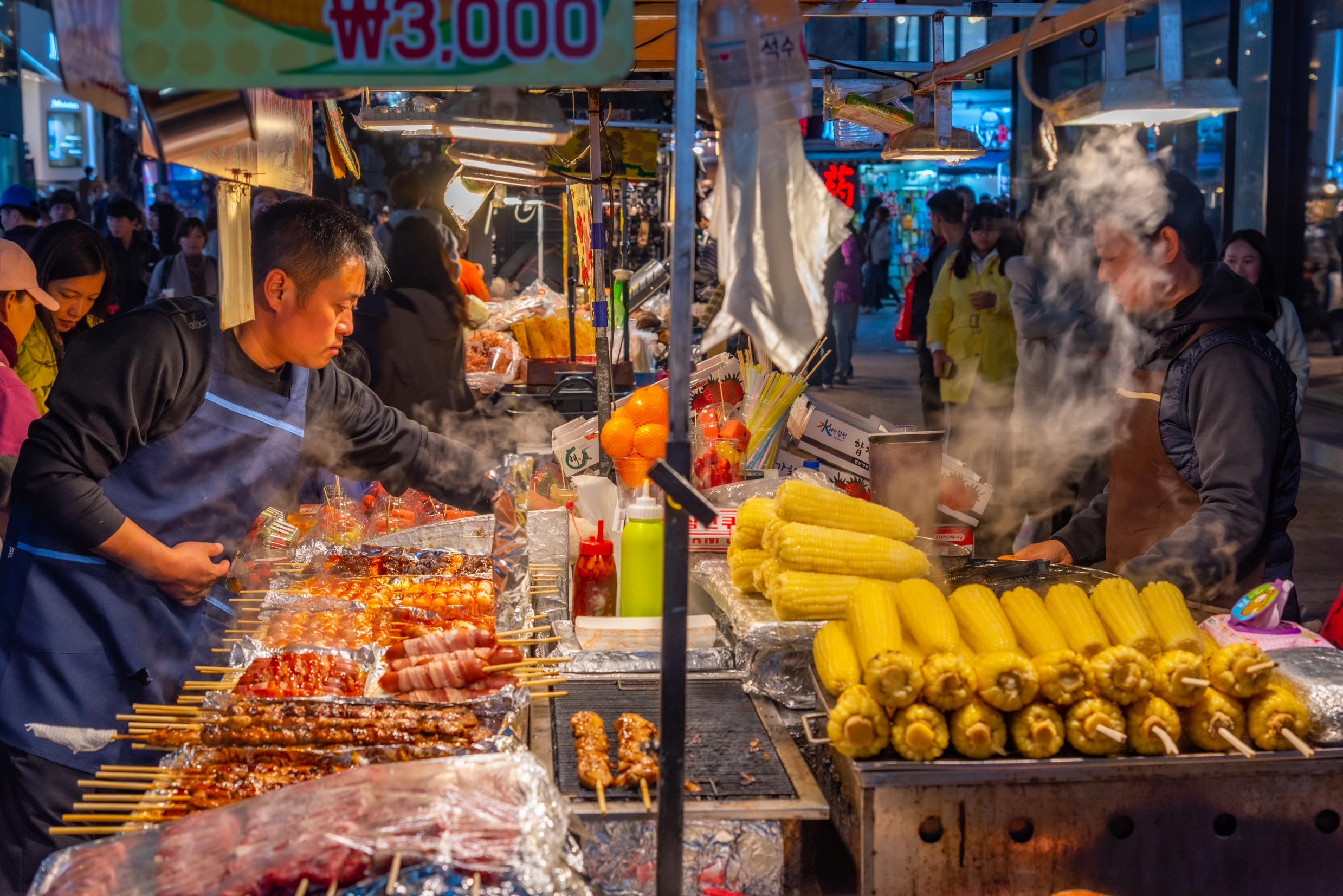
Renowned for an array of fermented delicacies, Korean food brims with flavors. Featuring well-balanced combinations of rice, veggies, seafood, meat, and seasonings, this gastronomy highlights robust tastes and ingredient textures. Dive deeper into these pages to uncover nine less-common culinary treasures worth sampling in South Korea.
Korean cuisine is increasingly being recognized globally due to the export of its culture, and it is receiving growing acclaim. Dishes such as gimbaps , bibimbap , and kimchi, Many food lovers are attracted to its tastes and wholesome, well-balanced qualities. However, alongside the widely celebrated traditional specialties, there are some less familiar dishes that deserve a try during your upcoming visit to South Korea!
Interested in discovering South Korea? These articles can assist you with planning your visit:
- This South Korean city has been recently crowned as the top choice for solo travelers.
- The following 16 locations listed by UNESCO are genuine treasures of culture and nature to explore in South Korea.
- Explore South Korea’s most ancient city, an invaluable site for history and archaeology enthusiasts.
Mandus , Korean dumplings
Filled with either veggies or meats, these half-moon pastries are notably convenient for consumption. They can be prepared by frying, pan-frying, or steaming. mandus presents a broad spectrum of flavors. While visiting South Korea, feel free to venture into various eateries to sample numerous tastes and fillings.
Yachaejon , vegetable pancake
Despite not being widely recognized beyond South Korea, these reinvented pancakes continue to be quite beloved within the nation. They serve perfectly as either an accompaniment or a light meal option. yachaejeon Composed of a dough made from wheat flour combined with an assortment of vegetables. You can use carrots, onions, zucchini, spinach, sweet potatoes, or even radishes—add whichever ingredients you like to make this comforting and flavorful meal, commonly served at numerous cozy eateries throughout South Korea.
Dakgangjeong , crunchy sweet Korean-style fried chicken
Though it's increasingly popular in Europe, the recipe for Korean fried chicken remains relatively uncommon.
Dak
"Chicken," and 'صندمعلومات'
użytkow
gangjeong
'A Korean dessert combines with' to form
dakgangjeong
This culinary blend of the two dishes is often flavored with Korean spices and garlic. Typically reserved for significant occasions, this traditional meal offers a robust taste that masterfully combines sweetness and savoriness.
Myulchu gimbap
Every aficionado of Korean cuisine is acquainted with Gimbaps , which are significantly bigger Korean-style maki rolls offering a broad array of fillings. However, have you sampled the variation featuring anchovies? These are served at just a handful of eateries across South Korea. gimbaps Are served alongside a small fish known as myeolchi, which are tiny anchovies greatly appreciated by Koreans. This variation significantly alters the texture of the dish, providing a notably crisp and robust maki. Should you encounter it, do not pass up the opportunity to try it!
Eomuk , stir-fried fish cake
A staple item in Korean street cuisine, eomuk Sometimes referred to as 'odeng' in certain areas, this dish involves blending minced white fish with flour. This blend creates a type of dough that is shaped into rectangular pieces and threaded onto skewers in a zigzag pattern prior to cooking. To enhance the flavor, the skewer is immersed in broth during the process. Widely enjoyed, this meal is frequently served from food carts, providing a full dining encounter.
Kalguksu , noodle soup
As a staple dish originating from South Korea, kalguksu Is frequently enjoyed every day and exists in numerous forms. Essentially, it is just a soup featuring hearty handcrafted noodles paired with broth. This meal can incorporate different meats and veggies, offer either a zesty or subtle flavor, and be savored warm or chilled. The number of versions matches the diversity of areas where it’s found, making it a flexible cuisine that you can tailor to suit your preferences.
Songpyons , classic Korean rice dessert
Specially made for Chuseok a celebration marking the end of the harvesting period, songpyons are crafted from rice flour dough. Slightly resembling mochis The dough needs to soak for an extended period to become sticky. After preparation, it gets stuffed with sesame seeds and a filling of red bean paste mixed with honey, then closed up. Next, these pastries are steamed using pine needles as the heat source. They should be consumed warm. Their flavor is robust yet refined, providing a remarkable gastronomic delight.
Gyeranpang , egg bread
Available in numerous street stalls throughout South Korea, this petite delicacy serves as an ideal solution for sudden cravings. Essentially, it consists of a round, tender roll akin to a brioche, encasing an egg within. This concoction is subsequently grilled on a hotplate before being savored right away. Its consistency remains light and airy, harmonizing the mild sweetness from the bread with the subtle saltiness emanating from the egg. As you meander around town during your visit, you'll likely stumble upon these snacks virtually everywhere, typically costing just about one euro.
Baesuk , Korean steamed pear
To conclude your dining experience, how about opting for a pear-inspired treat? However, this isn’t an ordinary pear you’re looking at! baesuk Is crafted using a big Korean pear that’s simmered in a mixture of ginger, pepper, and honey. This exceptionally sugary dessert is also widely recognized as a natural cure for coughs. Numerous eateries revamp it into various forms such as pastries, beverages, or starters, all while maintaining the subtle sweetness that has contributed to its popularity nationwide.
